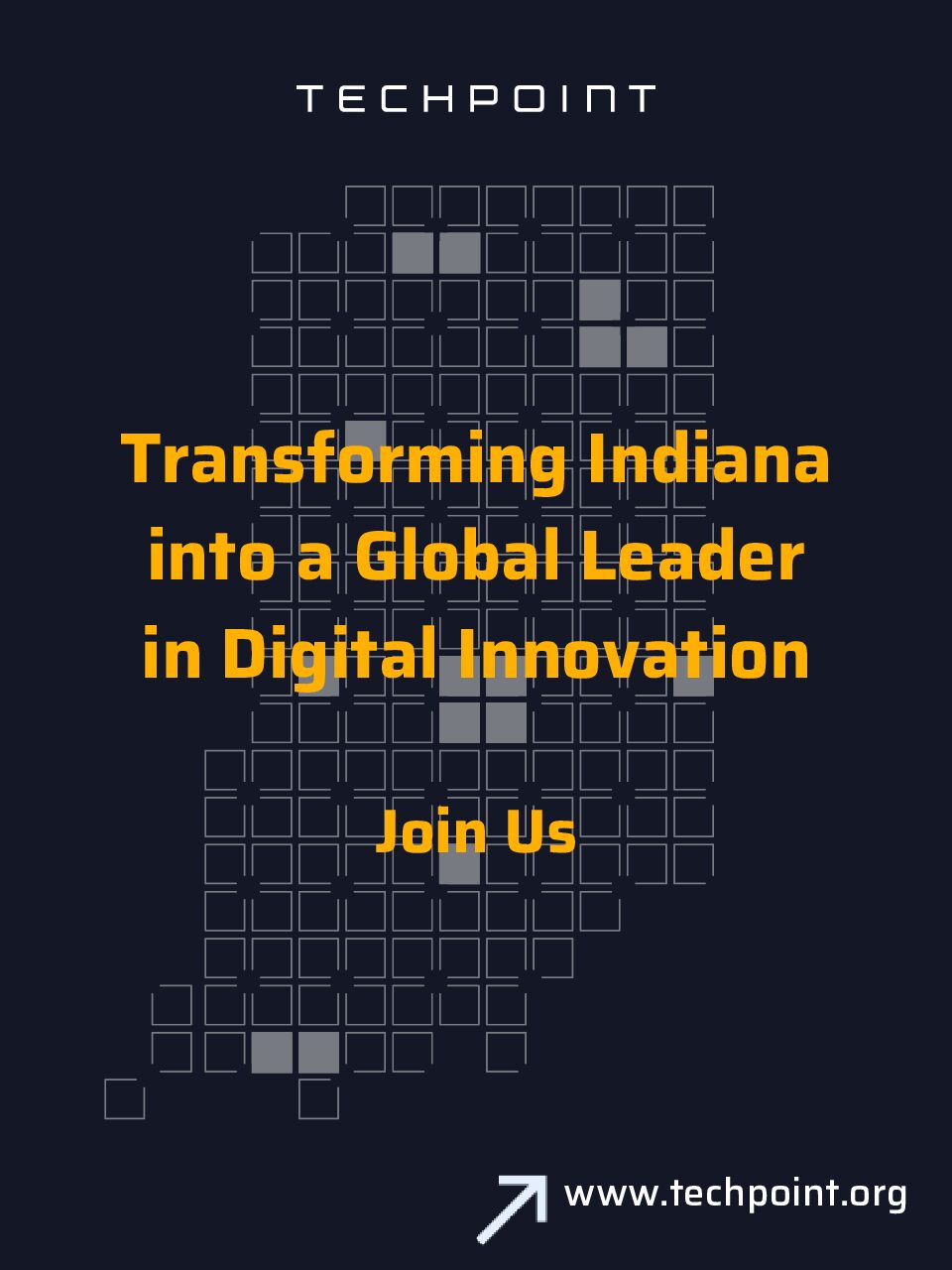How technology is shaping the future of customer experience transformation
In today’s competitive business landscape, technology is the driving force behind innovation. It impacts virtually every aspect of a company’s operations, including its ability to influence and enhance the customer experience. With 89% of companies competing primarily on the basis of customer experience (according to a Gartner survey), business leaders are becoming more proactive and creative in finding new ways to enhance the customer journey using technology.
What are some of these technologies and how can decision makers invest in and use these tools to effectively compete in an evolving marketplace?
Tech, please
While the technologies vary—and the operational specifics of how they’re being used also may differ—they primarily fall into five categories: self-healing functionality, big data, omnichannel engagement, the Internet of Things (IoT), and artificial intelligence (AI).
Self-healing
Self-healing technologies automate the identification and resolution of problems. That may sound remarkable or futuristic, and there’s a very good reason for that: it is. Some self-healing tech helps avoid issues entirely, correcting a data network outage before a customer becomes inconvenienced by the problem, for example. Other iterations simply make it easier to correct common problems with minimum delay. If a customer can address an issue with the push of a button—instead of, for example, having to call customer service, navigate a series of menus, etc.—minor issues are far less likely to become negative experiences.
Omnichannel
The rise of omnichannel engagement, communicating with customers through a range of different mechanisms and media, is one place where technology is perhaps most obviously making things easier for customers. In the telecom sector, for example, traditional customer service channels, such as phone or in-store service, have been complemented by custom-designed apps, online chat, notifications on mobile devices or televisions, and increasingly sophisticated interactive voice responses. Omnichannel communication not only makes customer service a more convenient and pain-free experience, but it also facilitates the resolution of a wide range of minor issues (from tech troubleshooting to appointment scheduling) without unnecessary escalation.
IoT
The IoT is helping businesses enhance the customer experience by delivering timely (often real-time) information. This dynamic, 360-degree view of customers and the products and processes serving them allows providers to do everything from sending automated alerts about low batteries in products and optimizing home environmental controls to ensuring critical systems, like home security, are correctly operating. The detailed, data-gathering capacity of connected devices also contributes to efficient use of big data.
Big data
Leveraging data is key to designing and delivering superior customer experiences. If you don’t know who your customers are and what they want, how can you respond to their needs? The explosion of tech advances in gathering and managing vast amounts of detailed data represents an exciting new frontier in creating a personalized customer journey. Big data enables brands and business to track trends and identify both opportunities and competitive threats. Increased data transparency can also allow employees to see customer service issues and proactively and independently address them.
AI
AI is all about getting consumers the information they need how, when and where they want it. By taking information and turning it into effective action, AI is the key to making data work for you. The ability of sophisticated AI systems to leverage the insights big data provides is a true game-changer. By anticipating what customers will and will not respond to, AI can help businesses understand the reasons behind customer decisions and adapt products and services to create seamless experiences at scale.
Priorities and pitfalls
Shaping the customer experience requires a level of digital fluency and tech integration that hasn’t always been easy for some companies. A Deloitte study found that just 44% of companies are adequately prepared to implement a digital transformation. And if you can’t do it internally, it’s extremely unlikely you’ll be able to effectively elevate the customer experience externally. In other words, make sure you can walk before you try to run.
As new technologies help streamline, refine and enhance the customer experience, they are also creating new expectations. Today’s luxury is tomorrow’s baseline standard of service. The behaviors of digitally conscious consumers are shifting, and businesses need to be cognizant of those changes as well as nimble enough to stay ahead of those demands. The idea that emerging technologies are making it easier for SMBs to implement solutions that have historically benefitted enterprise organizations is an exciting prospect that will positively impact the entire business landscape.
Jeff Marston is vice president of business services at Comcast. Leading an organization of more than 200 individuals, he’s responsible for all general management of Comcast Business’ Heartland region, including sales, cash flow, revenue, P&L, operations




